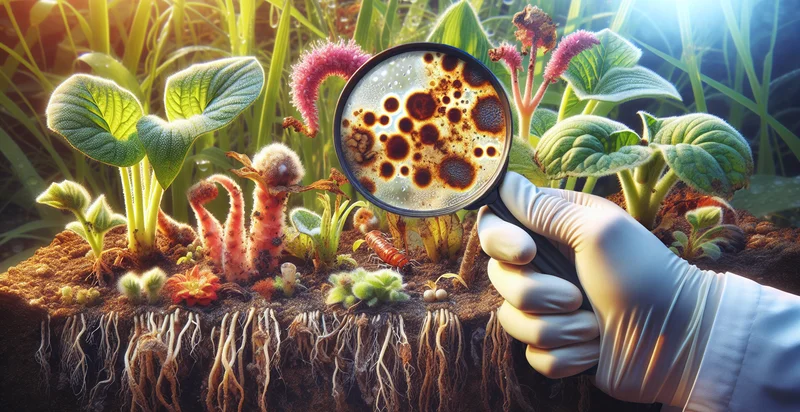Identify plant health by description
using AI
Below is a free classifier to identify plant health by description. Just input your text, and our AI will predict the health status of your plants based on their descriptions. - in just seconds.

Contact us for API access
Or, use Nyckel to build highly-accurate custom classifiers in just minutes. No PhD required.
Get started
import nyckel
credentials = nyckel.Credentials("YOUR_CLIENT_ID", "YOUR_CLIENT_SECRET")
nyckel.invoke("plant-health-by-description", "your_text_here", credentials)
fetch('https://www.nyckel.com/v1/functions/plant-health-by-description/invoke', {
method: 'POST',
headers: {
'Authorization': 'Bearer ' + 'YOUR_BEARER_TOKEN',
'Content-Type': 'application/json',
},
body: JSON.stringify(
{"data": "your_text_here"}
)
})
.then(response => response.json())
.then(data => console.log(data));
curl -X POST \
-H "Content-Type: application/json" \
-H "Authorization: Bearer YOUR_BEARER_TOKEN" \
-d '{"data": "your_text_here"}' \
https://www.nyckel.com/v1/functions/plant-health-by-description/invoke
How this classifier works
To start, input the text that you'd like analyzed. Our AI tool will then predict the health status of your plants based on their descriptions..
This pretrained text model uses a Nyckel-created dataset and has 25 labels, including Black Spots, Blight, Brown Edges, Consistent Growth, Curling Leaves, Diseased, Dry Leaves, Faded Colors, Falling Leaves and Healthy.
We'll also show a confidence score (the higher the number, the more confident the AI model is around the health status of your plants based on their descriptions.).
Whether you're just curious or building plant health by description detection into your application, we hope our classifier proves helpful.
Related Classifiers
Need to identify plant health by description at scale?
Get API or Zapier access to this classifier for free. It's perfect for:
- Plant Disease Detection: This function can analyze descriptions of plant symptoms provided by gardeners or farmers to identify potential diseases. By classifying the text, it helps users quickly understand the issues affecting their plants and suggests possible remedies.
- Pest Identification: Users can describe pest-related symptoms through text, enabling the function to classify and identify specific pest infestations. This helps in timely interventions and reduces crop damage, ensuring better yield and plant health management.
- Nutrient Deficiency Diagnosis: Gardeners can submit descriptions of plant growth anomalies or discoloration, which the function can classify to suggest specific nutrient deficiencies. Accurate classifications lead to targeted fertilization plans, enhancing plant health.
- Plant Care Recommendations: Based on user descriptions of plant conditions or environments, this function can classify and recommend tailored care guidelines. These personalized tips help users improve plant growth and maintain optimal health.
- Automated Customer Support: Businesses in the gardening sector can use the text classification function to analyze customer inquiries regarding plant health. This allows for automated responses, reducing the response time and improving customer satisfaction.
- Research and Development: Agricultural researchers can use the function to categorize text data from surveys on plant health perceptions. This analysis aids in identifying trends and patterns that inform targeted research projects and product development.
- Community Knowledge Sharing: By allowing users to describe their experiences and issues with plant health, the classification function can help categorize shared testimonials and advice within gardening communities. This fosters collective learning and improves overall plant care practices among users.


